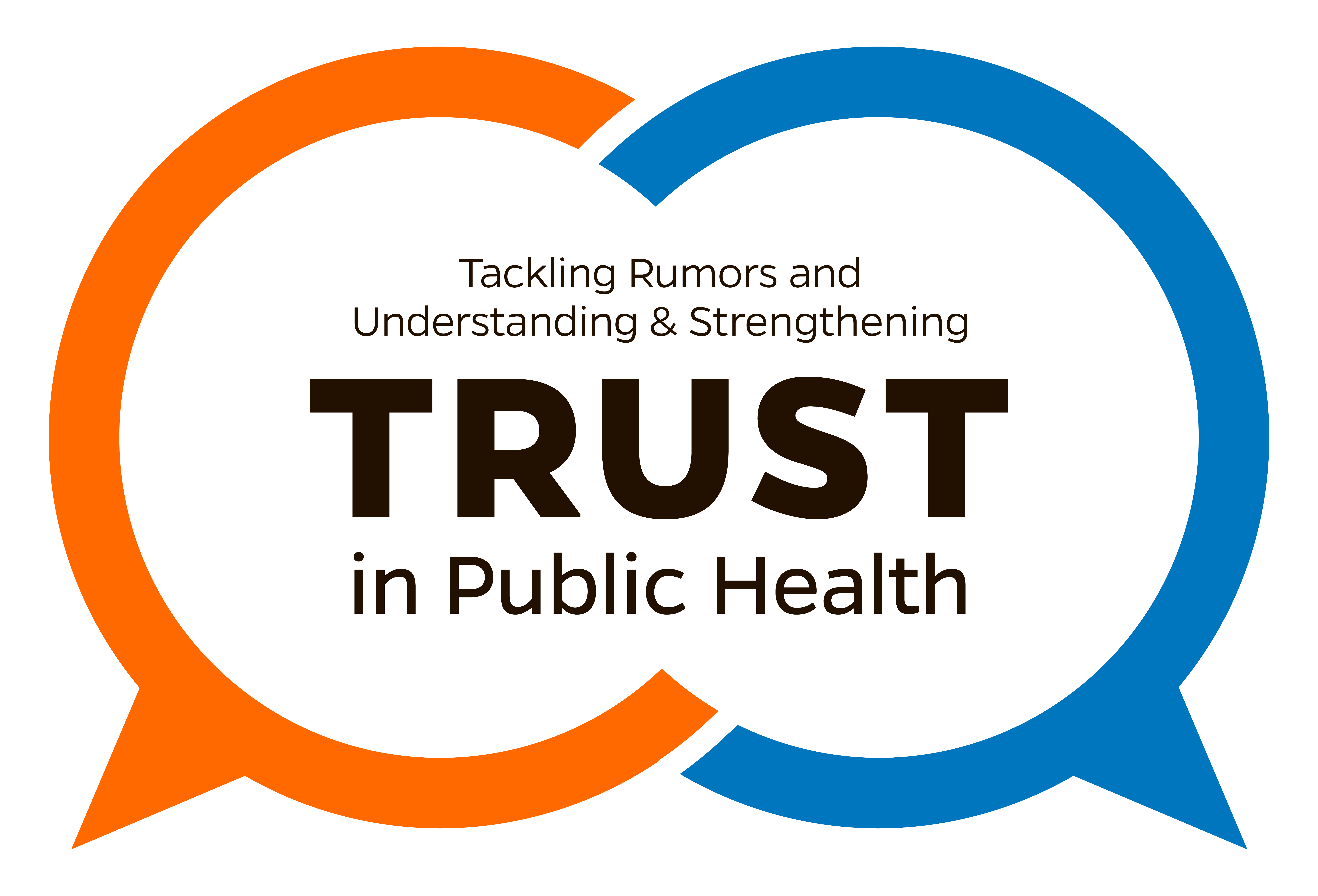
Tackling Rumors and Understanding & Strengthening Trust (TRUST) in Public Health
TRUST in Public Health

Strengthening trust in public health preparedness and response is critical for improving the United States’ capacity to prevent and withstand future public health emergencies. The spread of misleading rumors, unproven claims, and intentionally deceptive narratives complicates trust-building efforts and can promote narratives that make it difficult to respond effectively to public health events.
This website provides tools, resources, and guidance—developed by the Johns Hopkins Center for Health Security and based on findings from an evidence-informed project—to support practitioners as they work to proactively address health rumors and build, strengthen, and maintain trust in public health, ultimately improving risk communication activities during future public health emergencies.

Misleading rumors and false claims can reduce people’s trust in public health emergency preparedness and response (PHEPR). Declining trust can act as a feedback loop, furthering the spread of misleading content.

TRUST in Public Health provides tools to tackle rumors, as well as understand and strengthen trust in PHEPR.

By using these tools, practitioners can improve risk communication, build trust in public health, and help communities become more aware of and resilient to health-related rumors.
Introduction to the website
In this video, we discuss the evidence-informed project that serves as the basis of this website and provide an overview of the importance of building trust in PHEPR in an environment of rumors and falsehoods. Additionally, we show how to navigate the website to find valuable tools, guidance, and resources.




